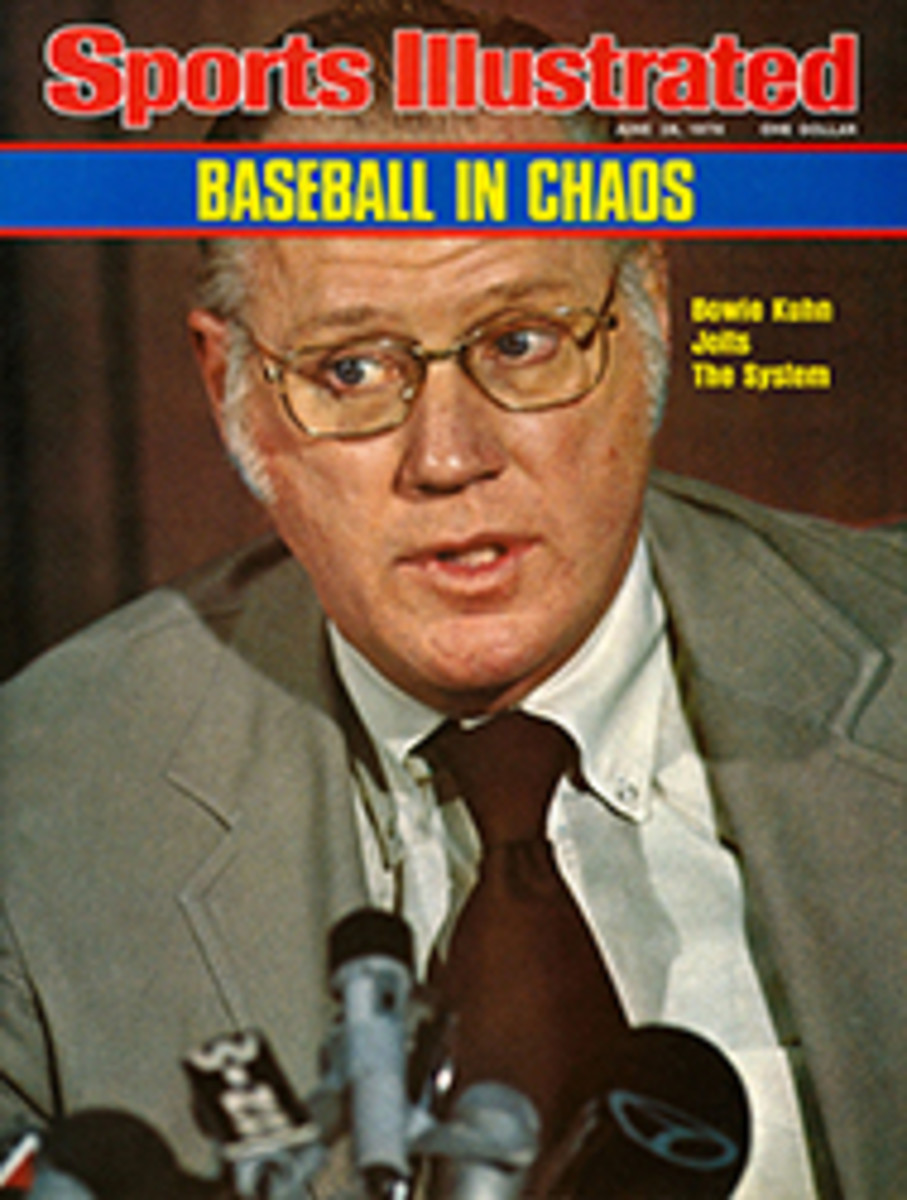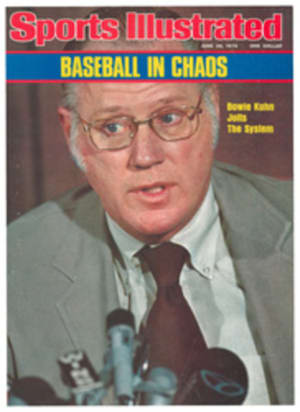
LETTER FROM THE PUBLISHER
Bil Gilbert needs no special introduction, having contributed articles to SI since 1961. The first was titled The Haunted Life of a Pigeonnapper. The latest is a three-part story dealing with historic Route 40, the middle section of which appears this week on page 34. Searching out the past and present in the highway's link with America turned into a leisurely east-to-west motor journey that engaged Gilbert for 48 days. In researching previous stories, Gilbert had tramped by snowshoe, explored the Great Smokies on foot, paddled canoes into some of Canada's most inaccessible waterways and crawled deep underground to investigate caves. By comparison, getting about in a rented automobile might seem pretty tame. But not so. "The secret of happy motoring is in the pace," Gilbert says. "The slower the better. My wife and I generally drove less than 100 miles a day." Gilbert recalls that 26 years ago, when he and Ann were married, they bicycled 1,600 miles; hitting the road this time was "sort of like a second honeymoon." What he found along the byways of Route 40, which bisects the U.S. from Atlantic City to San Francisco, was a sense of sporting timelessness. Gilbert figures he conducted 200 to 300 interviews along the way, stopping wherever the mood took him and for as long as he liked. "I had no idea at night what I was going to do the next morning," he says. But he did pick up some advice for summer wayfarers: "Never stay at a motel over three stories tall. They get rattier as they get taller. Never eat on the turnpike." The food may be edible but for conversation and discovery the local eatery is always much more rewarding. Sample discovery: the best old-fashioneds in the world are made in Boonville, Mo., an opinion formed in an informal comparison test. An indefatigable odd-fact collector, Gilbert also learned the origins of why cigars are called stogies, where the best horseshoe pitchers congregate, where coyotes are called wolves by the local hunters, and where to eat catfish for dinner. Gilbert ran off the catfish calories by jogging in the mornings. "Railroad tracks are good for jogging; cornfields are terrible."
Of the 14 states Gilbert crossed, Missouri was his favorite. Intrigued by its history and people, he spent most of one day trying to get a peek at the gravesite of one pioneer, despite the fact that it was on private land and the farmer-owner was "violently inclined toward strangers." Gilbert parked in a cornfield outside the farmhouse gate until realizing that "a man sitting in a car in a cornfield looks just about as suspicious as one high-tailing it over a fence." So he walked in, gingerly sidestepping two snarling dogs, and saw the grave. There was no violence: the farmer wasn't home. Summing up his 3,000-mile journey, Gilbert says, "No matter how small, nearly every community has some unique sporting characteristic of which it is officially proud."
PHOTO
ONE FOR THE ROAD: EXPLORER GILBERT

